Cities: Skylines is a city-building simulation game that challenges players to create and maintain their very own metropolis. One key aspect of managing a thriving city is providing efficient public transport. This guide will cover the various types of public transport in Cities: Skylines, as well as tips and tricks to build a seamless network that boosts your city’s traffic flow and overall happiness.
Types of Public Transportation in Cities: Skylines
Buses
Buses are the backbone of any public transportation system in Cities: Skylines. They’re cheap to build and maintain, and they can help alleviate traffic congestion. Make sure to place bus stops strategically to cover residential, commercial, and industrial areas.
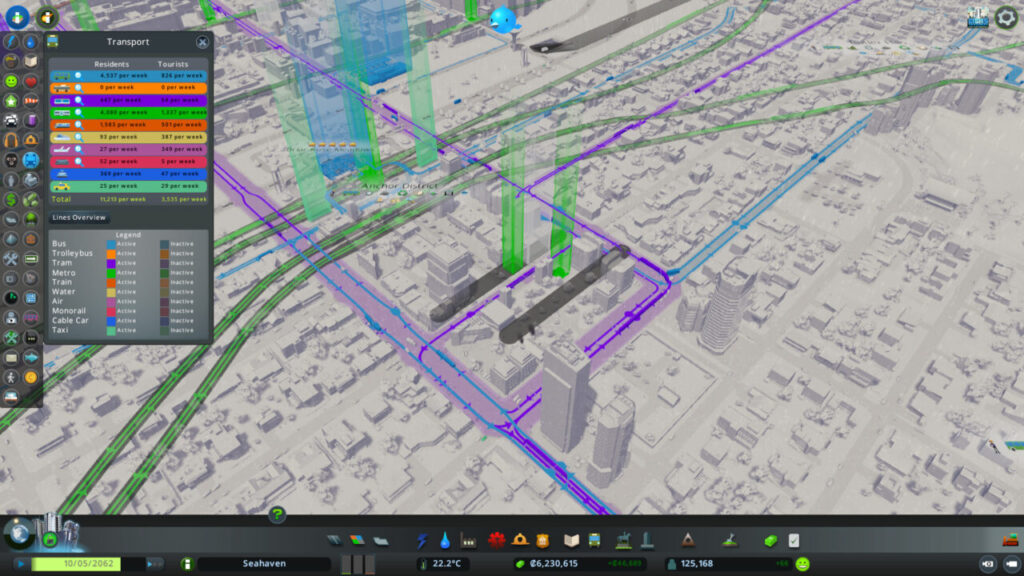
Trolleybuses
Trolleybuses are electric buses that run on overhead wires, providing a quieter and more eco-friendly alternative to traditional buses. While their infrastructure can be more expensive to build, trolleybuses are great for reducing noise and air pollution in your city. Plan trolleybus routes in residential areas or along busy streets where noise pollution is a concern.
Trams
Trams are a step up from buses in terms of capacity and speed. They run on dedicated tracks, making them immune to traffic jams. Place tram lines along busy corridors to maximize their efficiency.
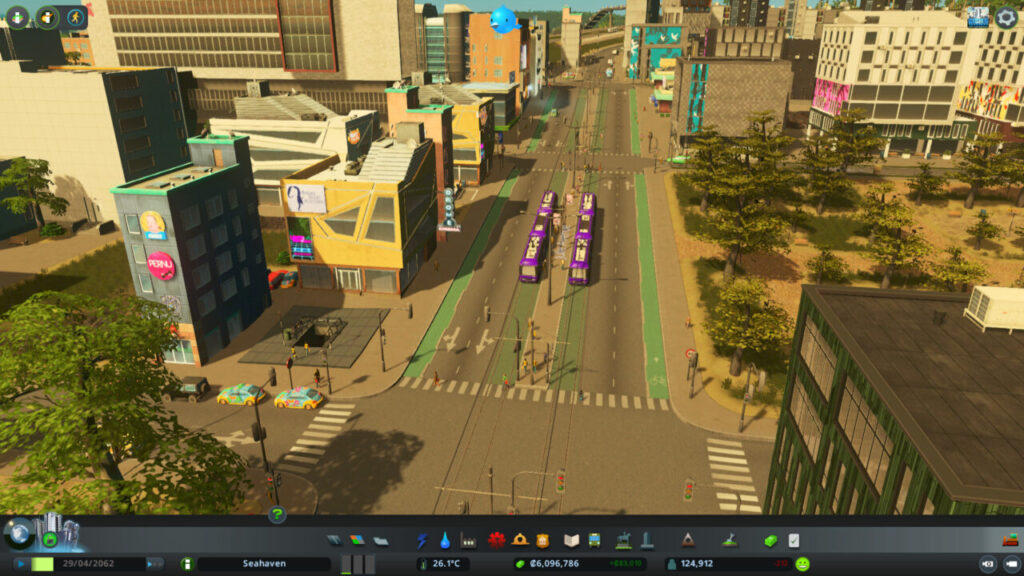
Metro
The metro system is a fast and efficient means of transport that runs underground. Metros are perfect for connecting different parts of your city without taking up space above ground. Be prepared to invest more in building and maintaining this system, but the payoff in reduced traffic congestion is worth it.
Trains
Trains are great for long-distance travel and can connect your city to neighboring cities, enabling the exchange of goods and passengers. Incorporate cargo train stations in industrial areas and passenger train stations near residential and commercial zones.
Harbors
Harbors play a crucial role in connecting your city to the global economy by facilitating the import and export of goods. Place cargo harbors near industrial zones to streamline the movement of goods, and passenger harbors near residential or commercial areas to boost tourism and provide alternative transport options for your Cims.
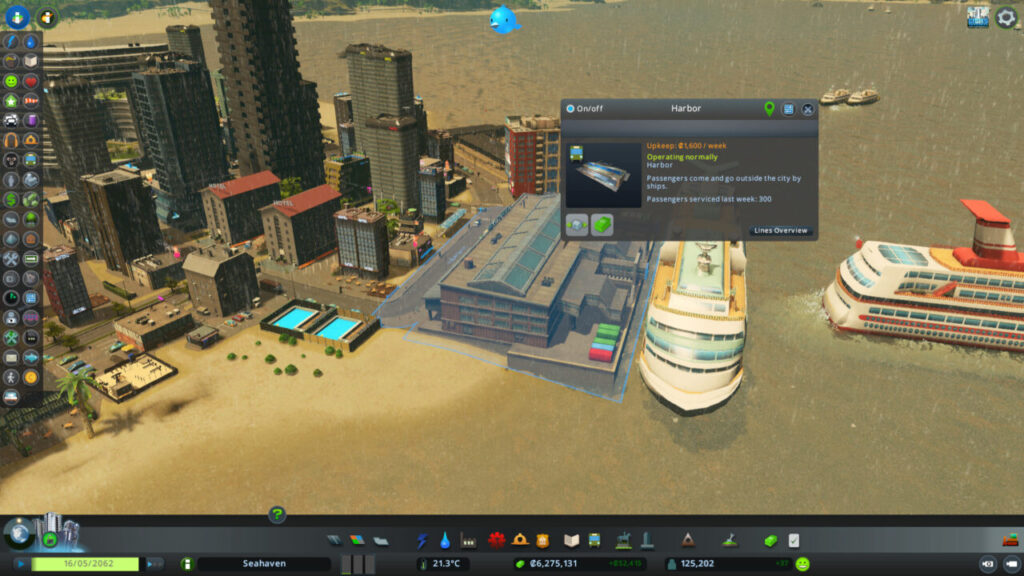
Ferries
If your city has plenty of water bodies, ferries can be an efficient way to transport passengers across rivers and lakes. Make sure to create ferry lines that connect residential areas with commercial and industrial zones to maximize their utility.
Airports
Airports can significantly impact your city’s economy by attracting tourists and facilitating business connections. Build airports to boost tourism and business opportunities, and ensure they’re well-connected to your city’s public transportation network for easy access.
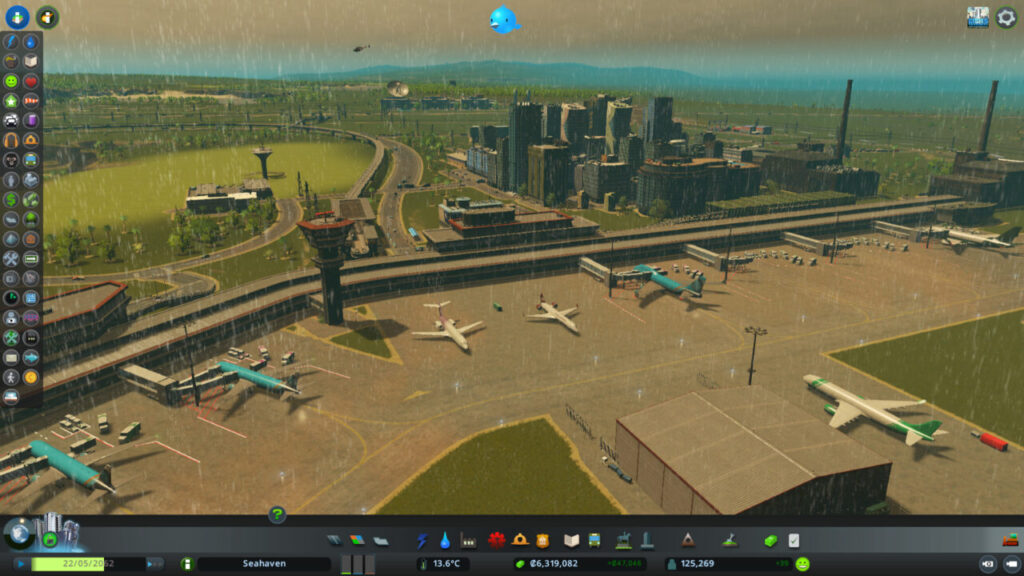
Blimps
Blimps are a unique, eye-catching addition to your city’s transportation network. While not the most efficient, they can add an interesting visual element to your skyline. Use them sparingly and in conjunction with other forms of public transport.
Monorails
Monorails are a futuristic transport option that runs on elevated tracks. They’re faster and have more capacity than buses, but they can be expensive to build and maintain. Use monorails in busy areas or as a supplement to your other transportation systems.
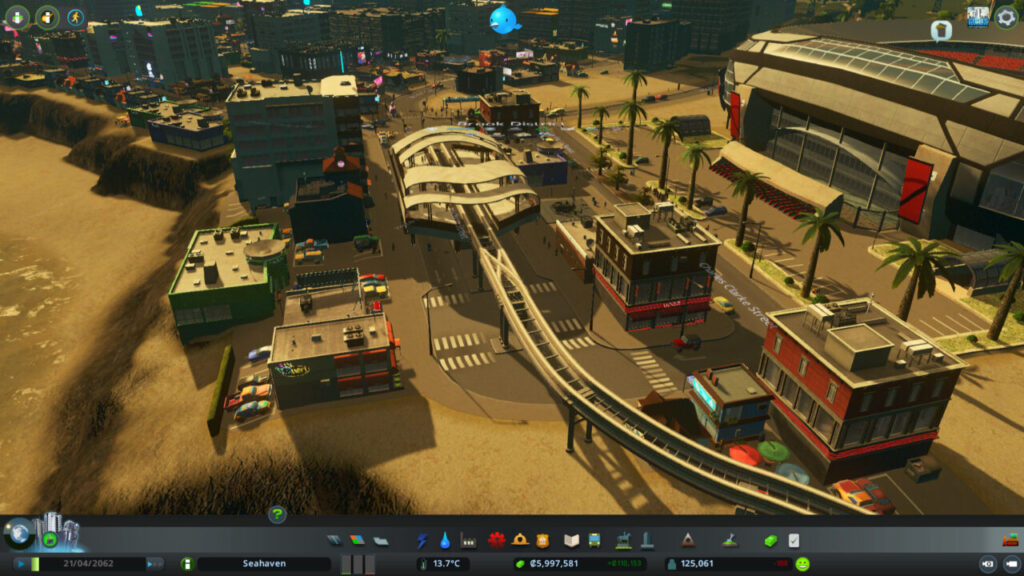
Cable Cars
Cable cars are an excellent transport option for cities with challenging terrain or steep inclines. They offer a unique way to connect different parts of your city without causing traffic congestion. Cable cars can also become a tourist attraction, attracting visitors and boosting your city’s economy. Consider building cable car lines in hilly areas or as a scenic option for tourists.
Taxis
Taxis serve as a convenient and flexible transportation option for your Cims. They can help reduce traffic congestion by offering an alternative to private cars. Build taxi stands near busy areas like commercial zones, tourist attractions, and transport hubs to maximize their usefulness.
Tours
Tours, such as bus, walking, or hot air balloon tours, provide an engaging way for tourists to explore your city. They can also help promote your city’s landmarks and attractions, boosting your local economy. Set up tour routes that showcase the best your city has to offer, and consider placing tour stops near popular attractions or transport hubs.
Tips for Building an Efficient Public Transportation System
Plan Ahead
Before you start building your transportation network, analyze your city’s layout and anticipate growth. This will help you create an efficient system that can adapt to future needs.
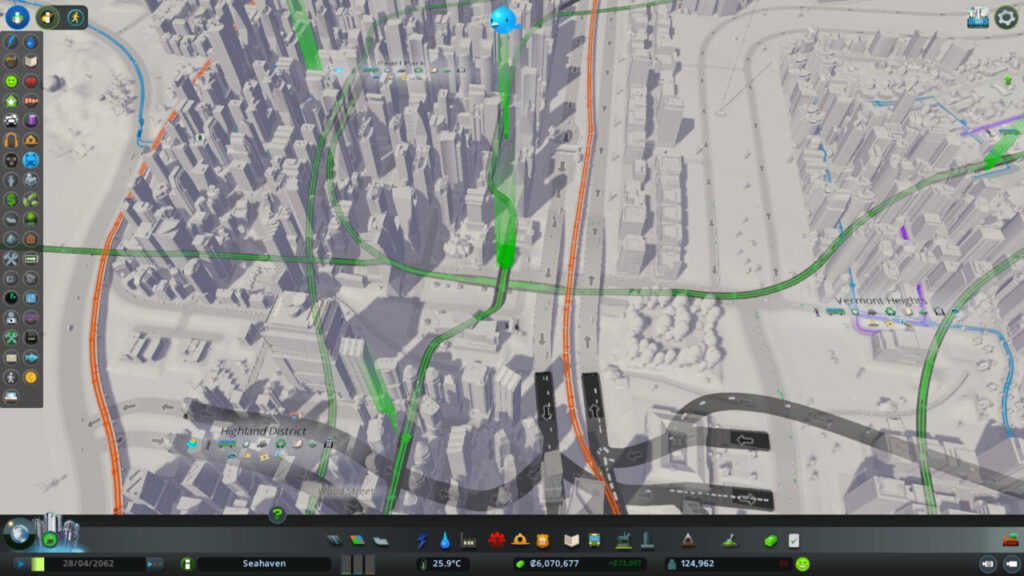
Integrate Different Modes
Combine different modes of public transport to create a seamless experience for your Cims. For example, use buses to feed passengers into metro stations, or place tram stops near train stations.
Use Hubs
Create transport hubs by placing multiple types of public transportation in one location. This will encourage Cims to transfer between different modes and increase the overall efficiency of your system.
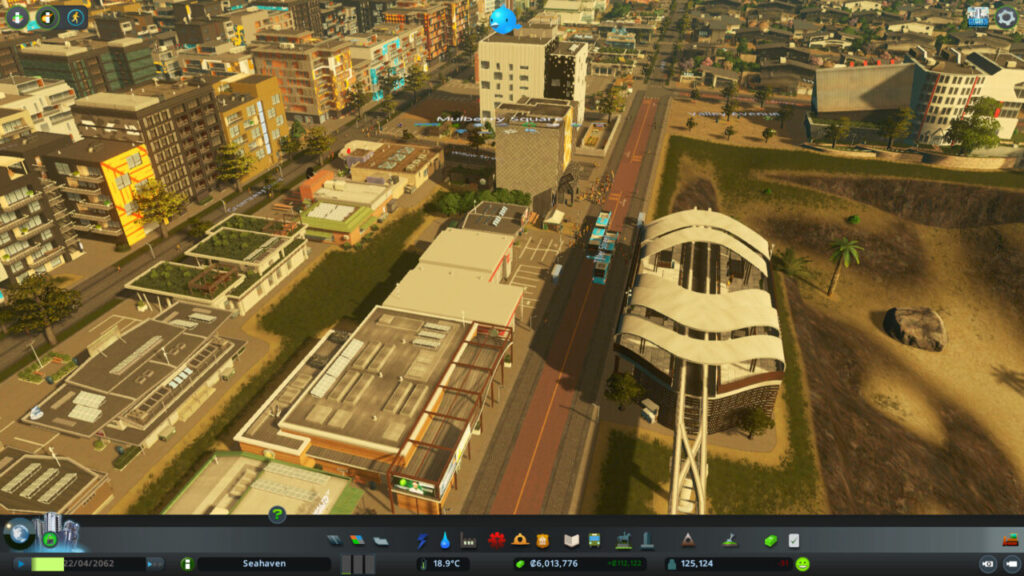
Monitor and Adjust
Keep an eye on your transportation network and make adjustments as needed. If you notice overcrowded buses or underused tram lines, reevaluate your routes and make changes to improve efficiency.
Prioritize High-Density Areas
Focus your public transportation efforts on high-density areas, such as downtown and residential zones, where traffic congestion is likely to be most severe.
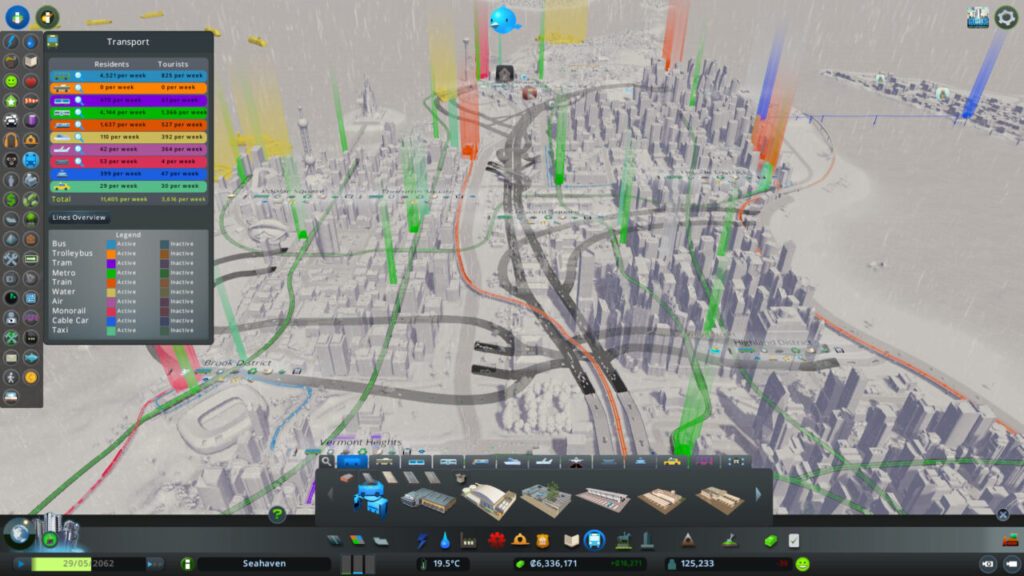
Encourage Public Transport Use
Implement policies that promote public transportation use, such as free public transport or increased toll prices for private vehicles. These measures will help reduce traffic congestion and increase the efficiency of your system.
Optimize Routes
When creating routes for your public transportation system, try to minimize the number of stops and ensure they are evenly spaced. This will reduce travel times and improve overall efficiency. Additionally, consider using loops or circular routes to maximize coverage and minimize transfers.
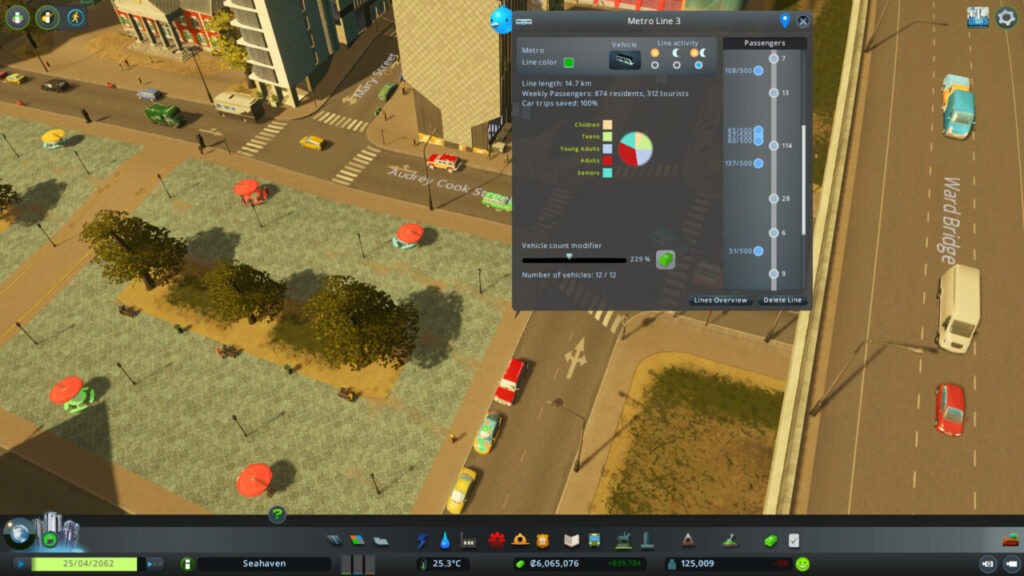
Upgrade Infrastructure
As your city grows and evolves, it’s essential to upgrade your public transportation infrastructure to accommodate increased demand. This could involve expanding existing routes, adding new lines, or upgrading to more advanced transport options like metros or monorails.
Pedestrian and Bike Infrastructure
Don’t forget the importance of pedestrian and bike infrastructure in promoting public transport use. By providing safe and efficient walking and cycling paths, you’ll encourage Cims to use public transportation for longer trips and walk or cycle for shorter ones.
Analyze and Learn
Use the in-game data overlays to analyze the performance of your public transportation system. Look for areas of high demand, overcrowded routes, or underused services. Use this information to make informed decisions about how to improve your network.
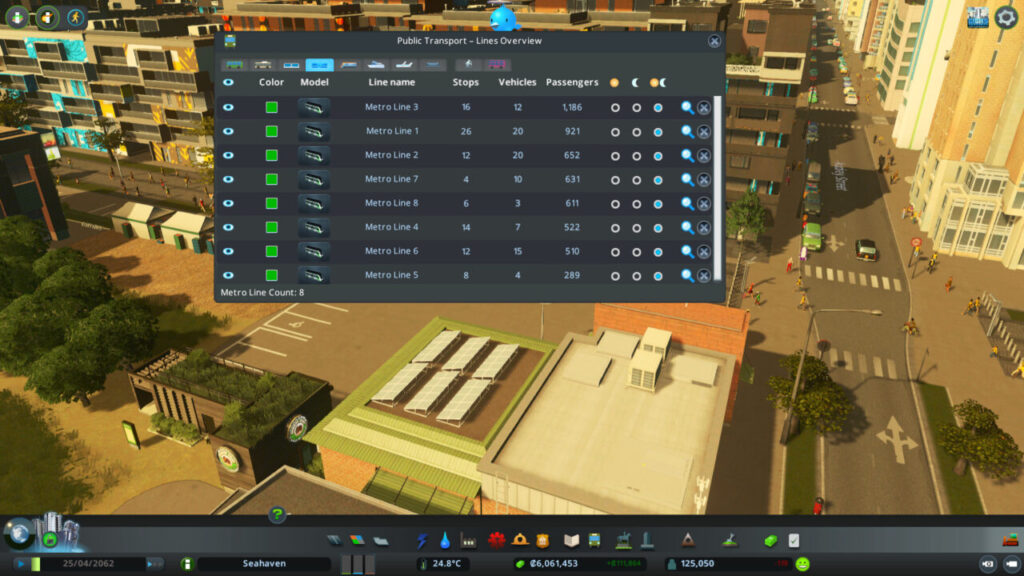
Conclusion
Building an efficient public transportation system in Cities: Skylines is an essential aspect of creating a thriving city. By understanding the different types of public transport available and applying the tips shared in this guide, you’ll be well on your way to creating a seamless and efficient transportation network that your Cims will be proud to use. Happy city

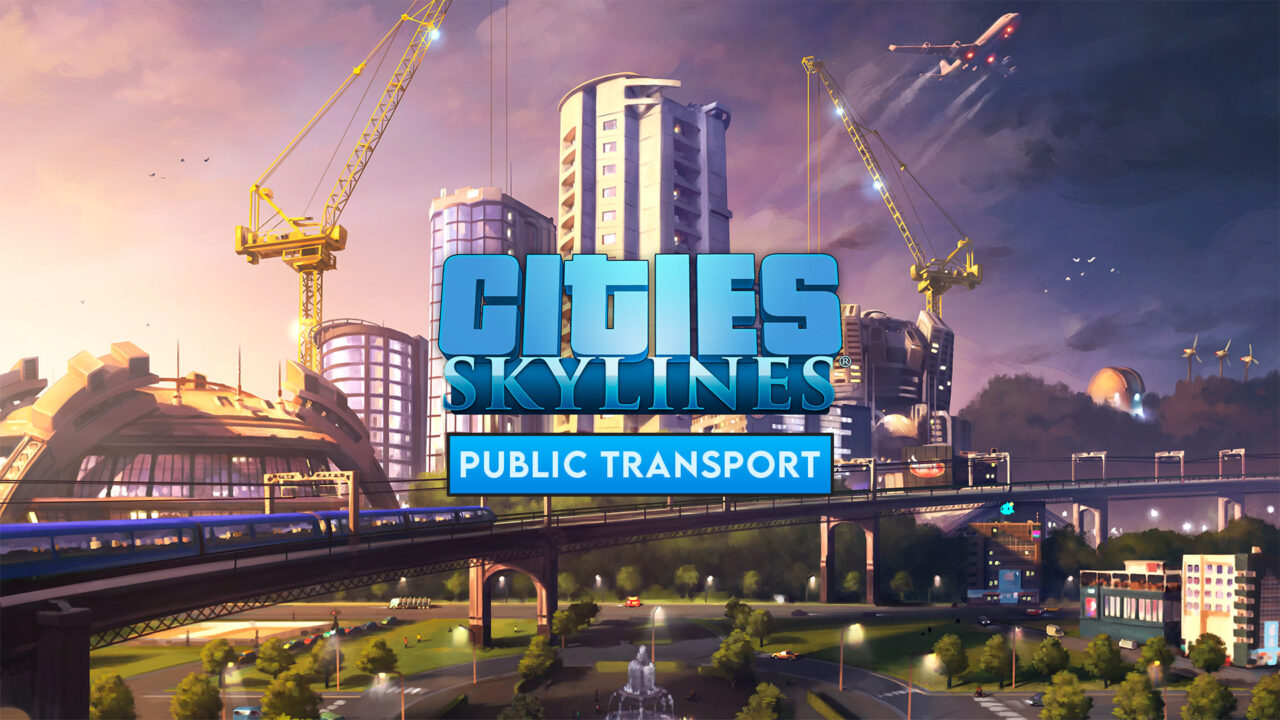
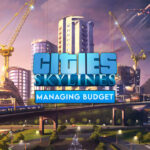
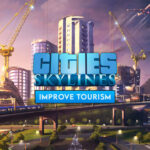
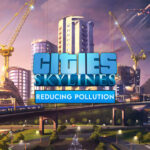
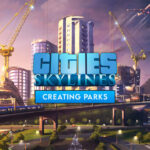
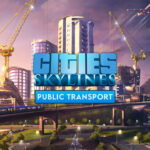
Leave a Reply